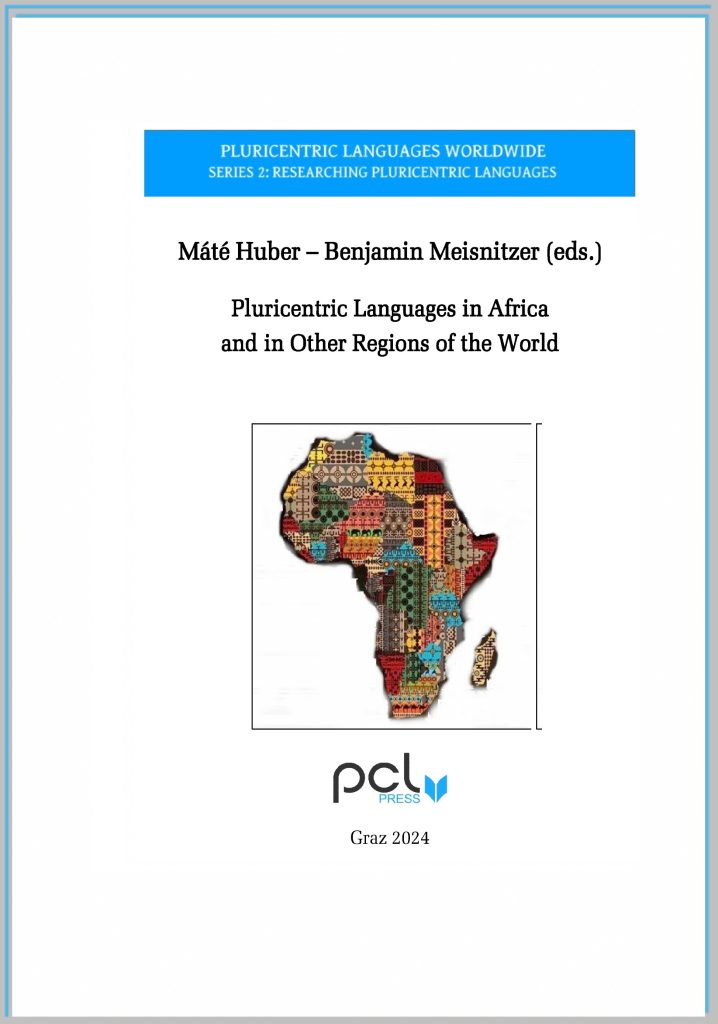Pluricentric Languages in Africa and in Other Regions of the World

This volume contains the proceedings of the 10th International Conference on Pluricentric Languages and their Non-Dominant Varieties. It comprises papers that discuss several pluricentric languages and their non-dominant varieties from different regions of the world, much in keeping with the diverse range of topics that were presented at the online conference that was hosted by the University of Leipzig on August 23-24, 2023. As the subtitle of the conference was Pluricentric Languages, Multilingualism, and Linguistic Dehegemonisation in Africa, the primary focus of the volume is also on pluricentric languages in a highly diverse, multilingual African context. The contributions in the second part of the volume (i.e. the final five papers) are concerned with topics that are related to pluricentric languages and their non-dominant varieties in other areas of the world, such as the Americas, Europe, and the Middle East.
„One size fits all“? Linguistic standards in the media of pluricentric language areas

Sociolinguists are studying language use in all kinds of spoken, written, and audiovisual media. Similarly, language attitude towards language use, and also the impact of media on language change is investigated. Some of these media are scripted and professionally produced, such as news broadcasts, dubbed films, and podcasts, while other media, like video blogs or posts on social media, are not necessarily. Media creators often, but not always, adhere to linguistic guidelines or language policies. They may also, sometimes without knowing it, follow certain established linguistic practices, or deliberately challenge these. In pluricentric language areas, when language is used in the media, decisions are often made in terms of which language variety to use. Such decisions usually take into consideration the main target audience. Sometimes an attempt is made to use a so-called “neutral variety”, unmarked for any specific part of the language area, to cater to the larger language area as a whole. This one-size-fits-all approach, however, is challenged by glocalisation tendencies and calls for more linguistic diversity. Moreover, the Age of Streaming opened up new possibilities with several language versions that can be offered on demand (including media accessibility). Dutch-language audiobooks, for instance, can sometimes be streamed in a Belgian and a Netherlandic Dutch version. Likewise, some audiovisual fiction for children is available in a Belgian and Netherlandic Dutch dubbed version on streaming platforms.
Pluricentric Languages and Non-Dominant Varieties Worldwide: New pluricentric languages-old problems

This volume comprises 30 selected papers that were presented at the “5th World Conference of Pluricentric Languages and their non-dominant Varieties (WCPCL) held at the University of Mainz (Germany) in 2017. The authors come from 15 countries and deal with 14 pluricentric languages and 31 (non-dominant) varieties around the world. The number of known PLCLs has again been extended. There are now 43 PLCLs in all. Apart from a large number of papers on Spanish, French and Portuguese, “new” and little researched PLCLs are also presented in the volume: Albanian, Hungarian, Malay, Persian, Somali and Romanian.
